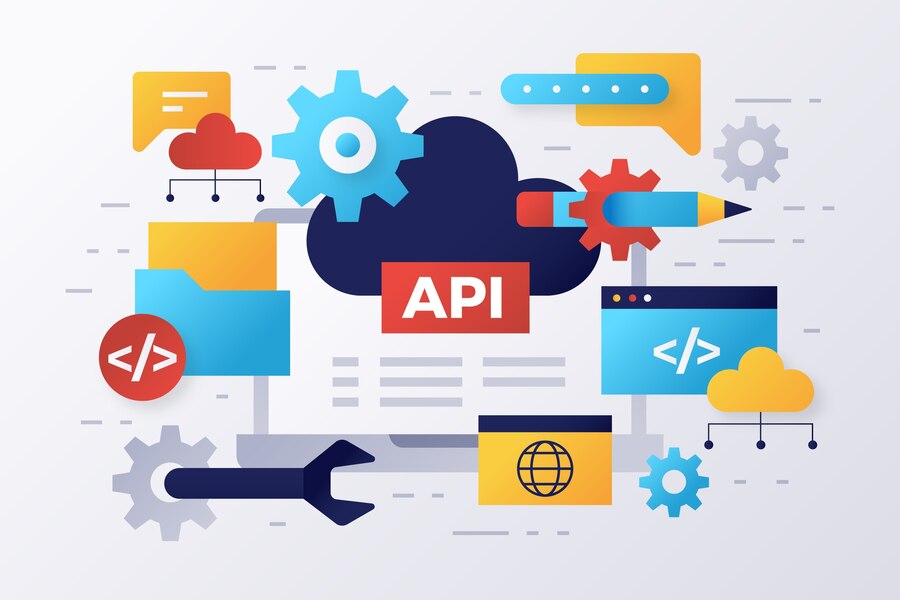
When custom software works smoothly, it feels like magic. But the moment data stops syncing or a key feature stops doing what it should, the issue often traces back to API integration. APIs, short for Application Programming Interfaces, make it possible for different systems to talk to each other. Everything from sharing payment data to linking user profiles depends on these connections running correctly.
In most cases, API problems show up with very clear signs. Features that once worked perfectly won’t load. You might see error messages, or worse, things seem to function but the backend is a mess. Sorting out issues like these can feel like chasing shadows if you aren’t sure where to look. Let’s break down what API integration issues really are and how to spot them.
Understanding API Integration Issues
At its core, API integration is how one bit of software shares information with another. Think of it like a conversation. One app asks for something, and the other responds with data. But sometimes, something in that conversation goes wrong. Maybe one app is speaking a different language after an update, or it no longer recognises the other.
Here are a few signs that your custom software might be facing an API issue:
- Features that rely on external data stop displaying correctly
- Data doesn’t sync between platforms or systems
- Unusual delays or timeouts when trying to load integrated functions
- Receiving error codes or blank responses from connected tools
Good API integration makes things look seamless to the user. When a user logs in, their profile loads. When they check out, their payment details process instantly. That level of smoothness comes from properly synced systems. When one part breaks, the user might lose trust in the product or give up altogether. That’s why it matters to sort these glitches out quickly.
Identifying Common API Integration Challenges
Fixing these problems starts with knowing where to look. The trouble is, there isn’t just one way APIs break. They can fail because of old versions, incomplete setup, or limits you didn’t know existed. Let’s look closer at where issues tend to pop up.
- Version mismatches. APIs change over time, and if your software doesn’t update with it, they stop aligning. Calls that used to work now miss key parts, or they send data in a format that isn’t accepted anymore.
- Authentication errors. Most APIs need secure login details or tokens to give access. If these expire or get blocked, your requests will be denied. This often shows up as repeated failures or restricted access.
- Rate limiting. APIs enforce limits on how many requests one system can make in a short span. If your software pushes too many, too quickly, the API might block some or all requests temporarily.
- Data structure problems. If the data being sent isn’t formatted exactly how the API expects it, it can’t process the info. Even missing a single bracket or value can cause a request to fail.
Each of these problems has its own fix, but they all require a careful look at what’s happening behind the scenes. For example, a UK-based company we worked with saw key details from user profiles stop syncing to their CRM. After a closer look, the CRM had rolled out a new version of its API, and their software was still using the old one. A simple mismatch, but it caused days of confusion until it was found and fixed.
Understanding these hurdles early can help prevent more complex issues down the line. And if you’re consistently battling the same types of problems, chances are it’s time to rethink how your integrations are managed.
Best Practices for Troubleshooting API Integration Problems
Dealing with API integration issues is like solving a puzzle. You need to look at every piece to see where it might fit. A good starting point is to review the documentation thoroughly. Often, updates or changes in API behaviour will be outlined. Checking these details can save you a lot of hassle.
Adding logging and monitoring is another smart step. If API calls fail, logs can show what went wrong. They act like footprints and point you in the right direction. Monitoring helps you spot issues early so they don’t grow into bigger problems.
Using automated testing tools can catch issues before users do. These tools simulate how your software interacts with APIs and warn you if something isn’t right. You can then fix the issue without needing users to flag it for you.
Engaging with third-party support teams can also be very helpful. When an API stops working and you feel stuck, the fastest path to a fix might come from the team behind the API. They know their system well and may offer advice or solutions you haven’t tried.
Case Study: Practical Solutions for API Integration Issues
Take one example from a UK-based software company. Their application needed to pull real-time data from several platforms. Out of nowhere, users began facing slow load times and random crashes. Logs showed timeouts were to blame, the data just wasn’t coming through in time.
The team reviewed the documentation and spotted a recent change. One API provider had updated its authentication method. That meant their old credentials no longer worked. They updated the credentials, added a retry system to help with timeouts, and tested all integrations to confirm everything still worked.
This experience taught them the value of being ready for changes. APIs are controlled by third parties, so staying up to date with updates is part of the job. Having solid monitoring and being in regular contact with providers saved them time during future issues.
Enhancing Future API Integrations
Building stable API integrations starts with proper planning. Don’t wait until something breaks. Instead, build with change in mind. Make sure your code can handle unexpected responses or timeouts. Documenting your code and using clear structures makes it easier to adapt when needed.
Testing and monitoring should run throughout your development cycle. Automated tests give you fast feedback if something stops working. That makes it easier to fix bugs or mismatches before they hit your users.
Training your team helps too. When everyone understands how APIs work, and what can go wrong, you’re in a better place to spot problems and solve them. Sharing insights helps the whole team get smarter, which strengthens your projects in the long run.
Improving Your API Integrations with Professional Support
Working with a software development company in the UK can help you avoid problems rather than just reacting to them. Experts bring fresh eyes, and they’ve likely dealt with situations similar to yours. They offer practical solutions and smart strategies that make your API integrations stronger from day one.
When your systems work together properly, your users will notice. They’ll enjoy faster speeds, smoother experiences and fewer errors. That kind of consistency builds trust and keeps people coming back.
Getting outside help isn’t about losing control of your tech, it’s about gaining confidence that it’s built to last. With the right support, your team can focus on growing the business, knowing your software is in good hands.
To ensure your API integrations run smoothly and continue to support your business goals, consider working with a software development company in the UK like Wonderful. With experienced support, you can stay ahead of updates, tackle integration roadblocks, and build software that performs seamlessly. Let’s help you get it right from the start.


